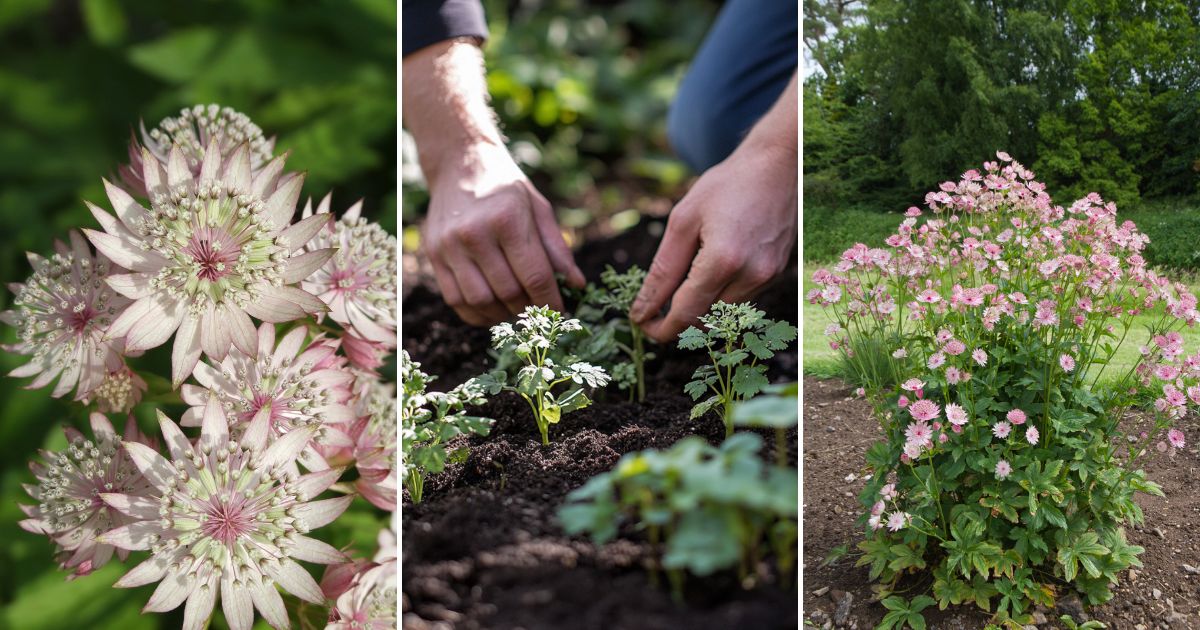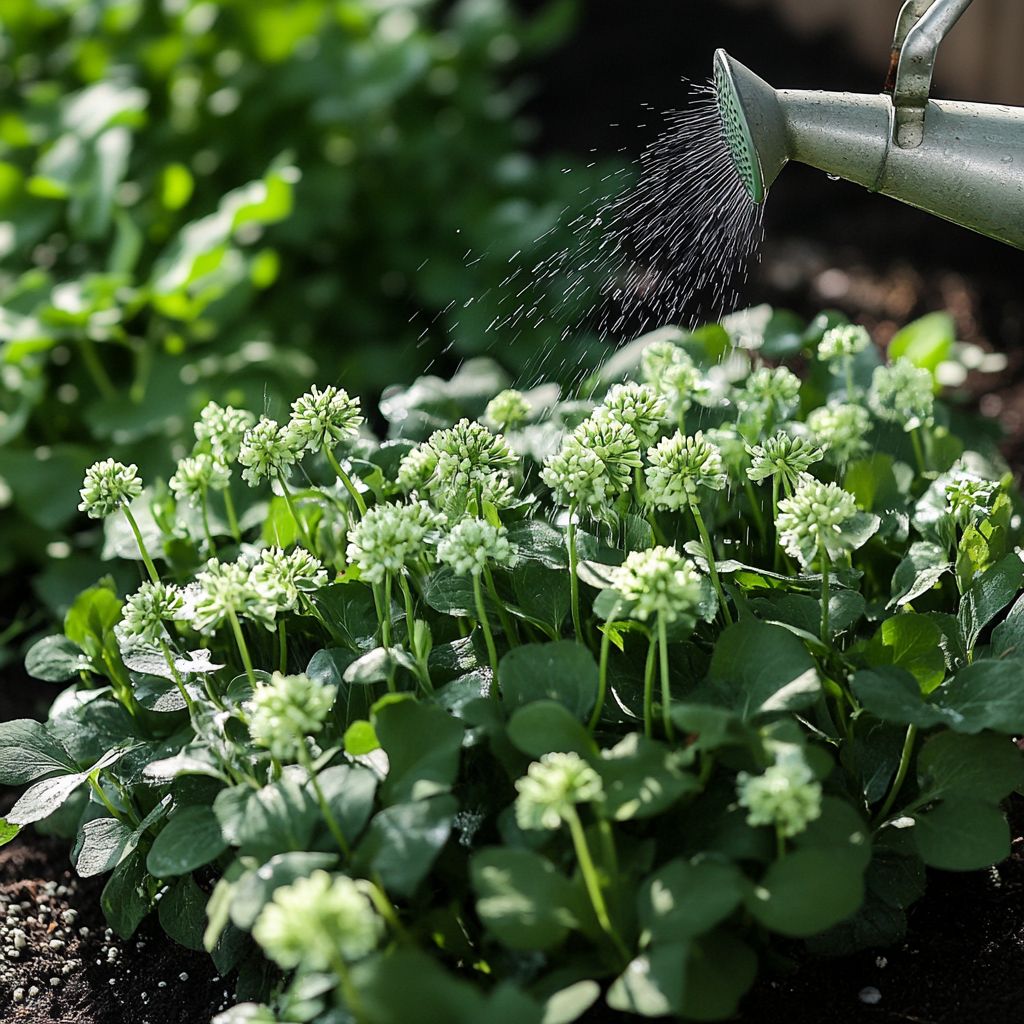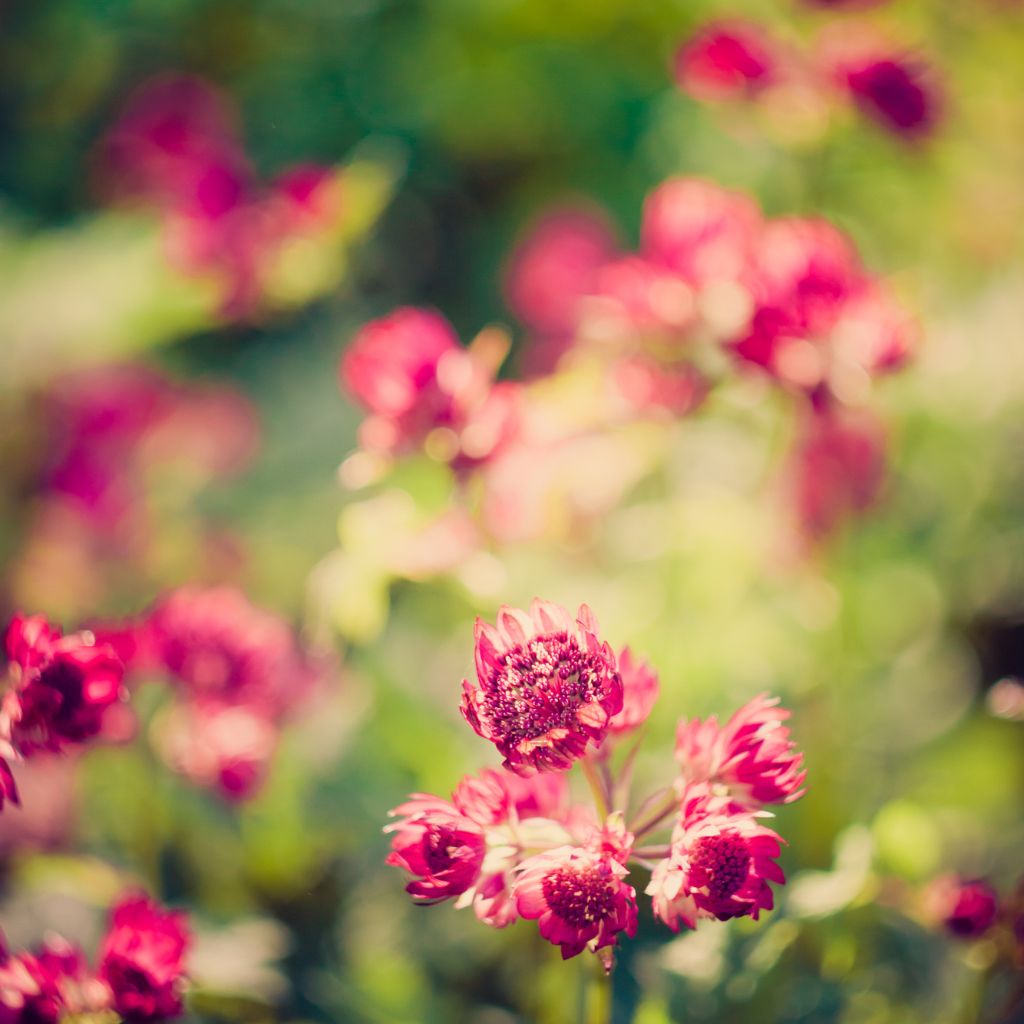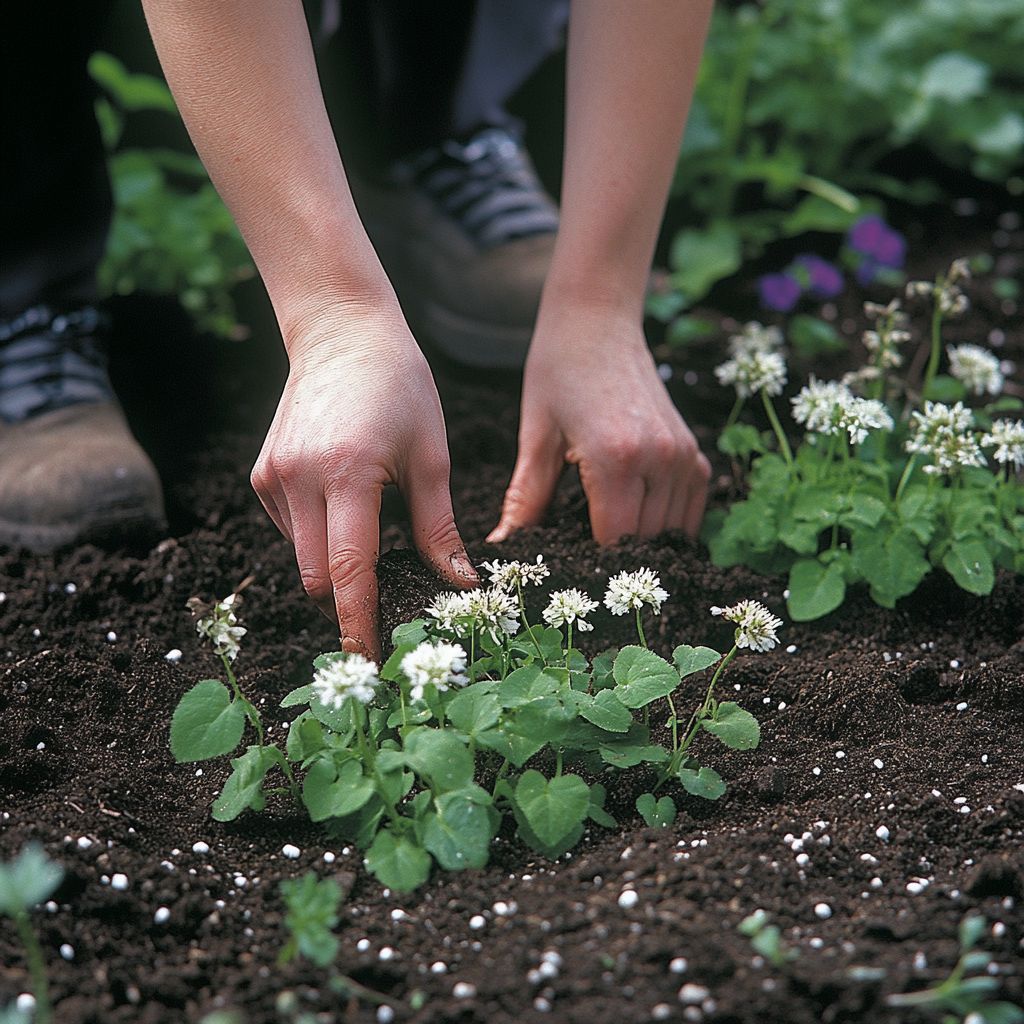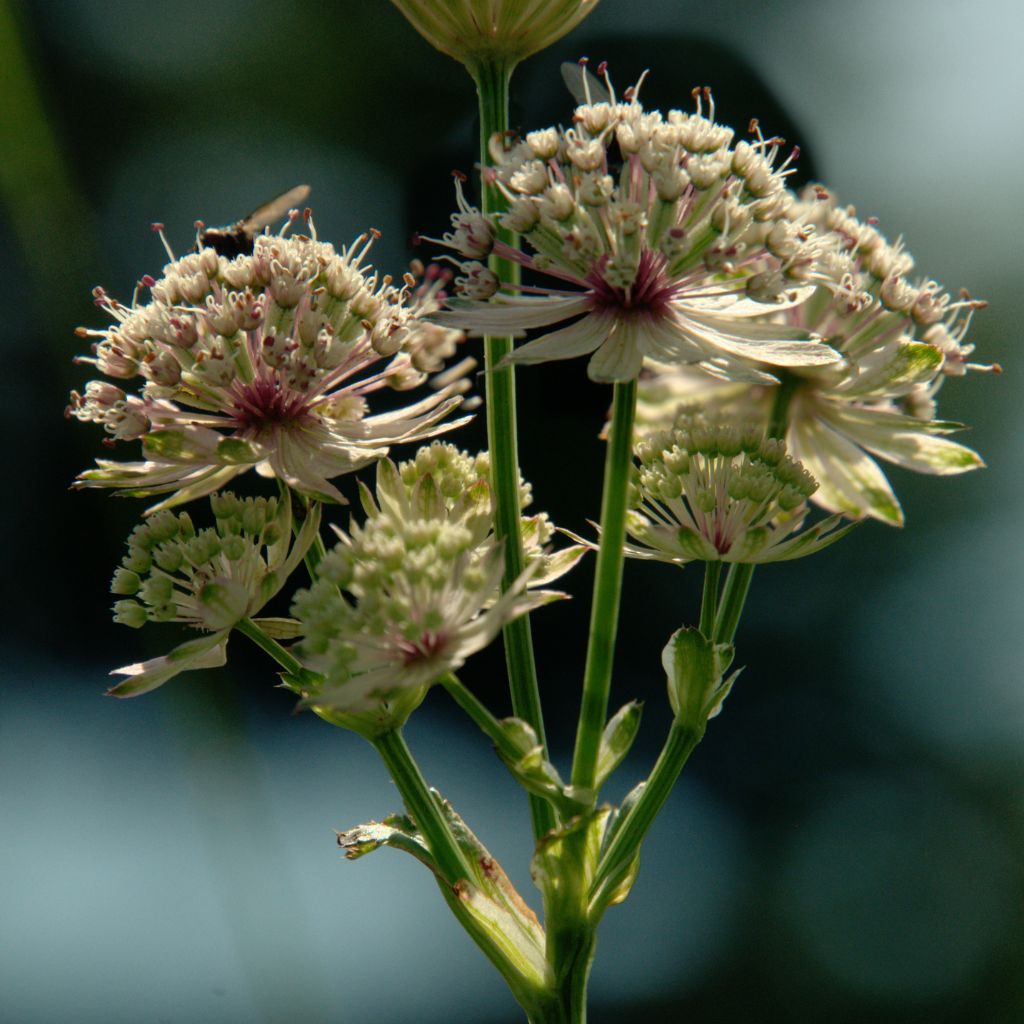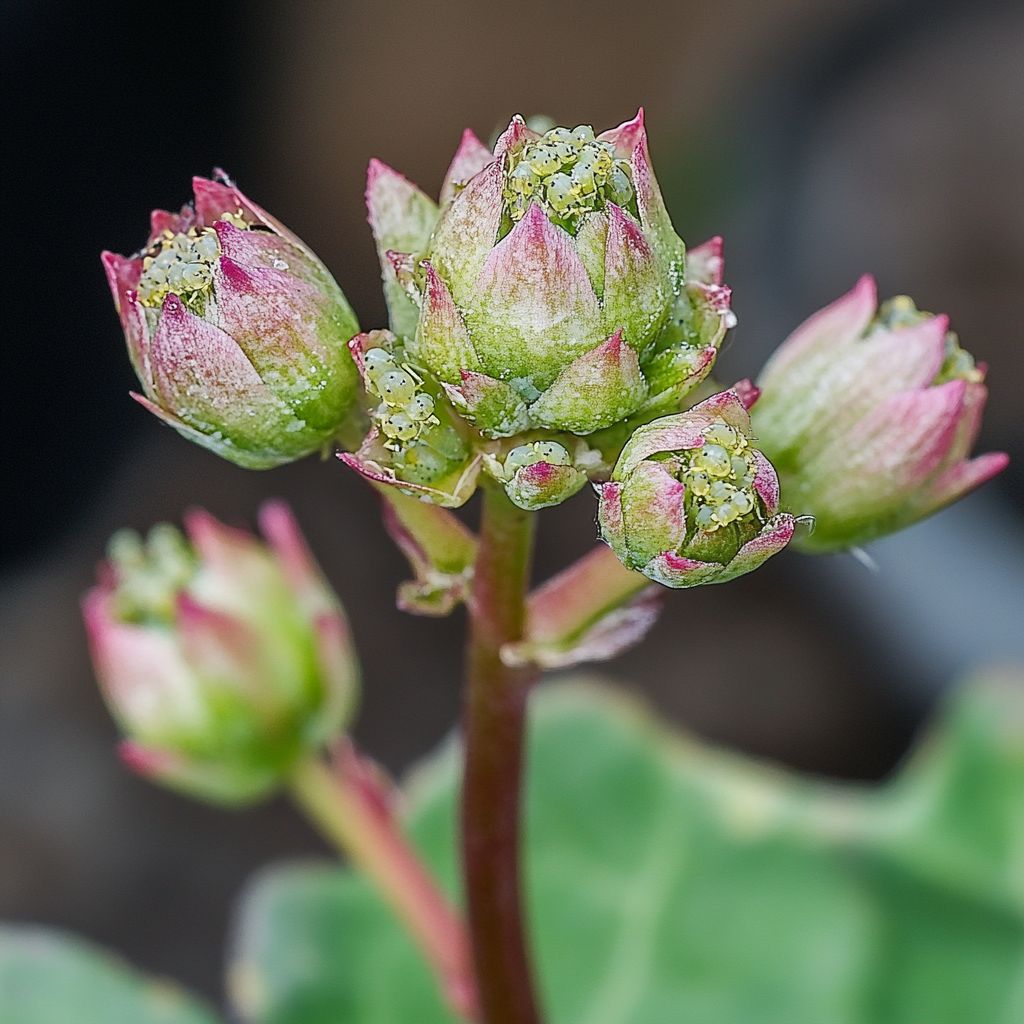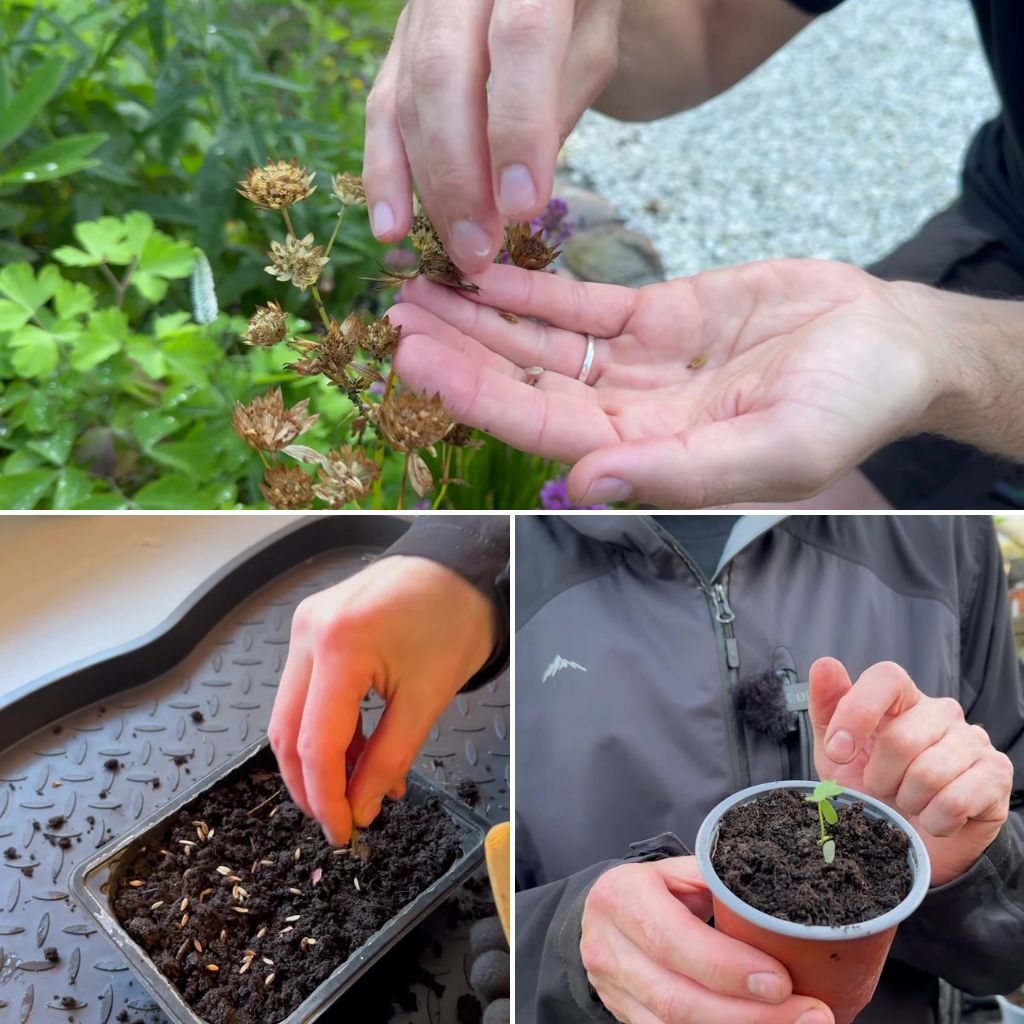Astrantia, often referred to as masterwort, is a garden gem that brings elegance and unique beauty to any landscape.
With their star-shaped flowers and lush foliage, these perennials are beloved by gardeners for their ability to thrive in partially shaded environments and add a touch of understated charm.
However, to get the most out of your astrantia plants, it’s essential to understand their care requirements and the little secrets that can help you achieve stunning blooms year after year.
In this guide, we’ll explore the best practices for growing and maintaining astrantia, ensuring your garden is graced with these captivating flowers.
Understanding Astrantia: The Basics
Before diving into the care secrets, it’s important to familiarize yourself with the basic characteristics of astrantia. Native to Europe and western Asia, astrantia belongs to the Apiaceae family, which also includes carrots and parsley.
This herbaceous perennial is known for its intricate blooms, which resemble pincushions surrounded by delicate bracts, giving the flowers a starburst appearance.
Astrantia typically grows between 1 to 3 feet tall and forms attractive clumps of foliage. The flowers come in a range of colors, including white, pink, red, and deep burgundy, with blooming periods that can last from late spring through early fall.
The plant’s ability to thrive in partial shade and its preference for moist, well-drained soil make it a versatile addition to woodland gardens, borders, and cottage-style landscapes.
Planting Astrantia: Setting the Stage for Success
The journey to stunning astrantia blooms begins with proper planting. Here’s how to set your astrantia up for success:
1. Choosing the Right Location
Astrantia thrives in partially shaded areas, making it an ideal choice for gardens with dappled sunlight or morning sun followed by afternoon shade.
While it can tolerate full sun in cooler climates, too much direct sunlight in hotter regions can cause the plants to wilt and the flowers to fade prematurely. Therefore, finding a location that offers protection from the intense midday sun is crucial.
2. Preparing the Soil
Astrantia prefers rich, moist, and well-drained soil. Before planting, amend your garden bed with plenty of organic matter, such as compost or well-rotted manure, to improve soil fertility and moisture retention.
The ideal soil pH for astrantia ranges from slightly acidic to neutral (6.0 to 7.0). Avoid planting in heavy clay soils that can become waterlogged, as this can lead to root rot.
3. Planting and Spacing
Plant astrantia in the spring or early fall, when temperatures are mild.
If you’re planting from nursery pots, dig a hole slightly larger than the root ball, place the plant in the hole, and backfill with soil, ensuring that the crown of the plant is level with the soil surface.
Space plants about 12 to 18 inches apart to allow for adequate airflow and room for growth.
Watering and Mulching: Keeping Moisture Levels Just Right
Astrantia plants have a particular affinity for moisture, but they also require well-drained soil to prevent waterlogging. Here’s how to manage watering and mulching for optimal growth:
1. Consistent Moisture
Astrantia plants need consistently moist soil, especially during the growing season. Water your plants regularly, ensuring the soil remains evenly moist but not soggy.
In areas with regular rainfall, you may not need to water frequently, but in drier climates or during prolonged dry spells, supplemental watering will be necessary.
Be mindful of the soil’s moisture levels, and avoid letting it dry out completely between waterings, as this can stress the plants and reduce flowering.
2. Mulching for Moisture Retention
Applying a layer of organic mulch around the base of your astrantia plants helps retain soil moisture and keeps the roots cool, especially during hot summer months.
Mulch also suppresses weeds and adds organic matter to the soil as it breaks down. Aim for a mulch depth of about 2 to 3 inches, but be careful not to pile it directly against the stems, as this can promote rot.
Fertilization: Boosting Bloom Production
Astrantia plants benefit from regular feeding to support their vigorous growth and prolific blooming. Here’s how to fertilize them effectively:
1. Early Spring Feeding
In early spring, as new growth begins to emerge, apply a balanced, slow-release fertilizer around the base of the plants.
A general-purpose fertilizer with equal parts nitrogen, phosphorus, and potassium (such as 10-10-10) works well. This early feeding provides the nutrients needed for robust growth and flower production.
2. Mid-Season Boost
To extend the flowering period and encourage more blooms, consider giving your astrantia a mid-season boost. Apply a second round of fertilizer in mid-summer, particularly if your plants are showing signs of nutrient deficiency, such as yellowing leaves or reduced flowering.
Use a fertilizer lower in nitrogen but higher in phosphorus and potassium to support flower development without promoting excessive foliage growth.
Pruning and Deadheading: Encouraging Continuous Blooms
Pruning and deadheading are essential practices for keeping your astrantia plants looking their best and ensuring a long blooming season:
1. Deadheading Faded Blooms
Regularly remove spent flowers by deadheading, which encourages the plant to produce more blooms. Use clean, sharp pruners to snip off the flower stems just above a leaf node.
This not only tidies up the plant’s appearance but also prevents the plant from putting energy into seed production, thereby promoting continuous flowering.
2. End-of-Season Pruning
In late fall or early winter, after the flowering season has ended, cut back the foliage to ground level.
This helps prevent the spread of diseases and pests that may overwinter in the dead plant material. The plants will go dormant over winter and emerge with fresh growth in the spring.
Managing Pests and Diseases: Keeping Your Astrantia Healthy
Astrantia is generally a hardy and trouble-free plant, but it’s still susceptible to a few common pests and diseases. Here’s how to keep your plants healthy:
1. Dealing with Aphids
Aphids are small, sap-sucking insects that can cluster on the stems and undersides of leaves. They can cause distortion of new growth and leave behind sticky honeydew that attracts ants and sooty mold.
To control aphids, you can spray your plants with a strong jet of water to dislodge them or use insecticidal soap for more severe infestations. Introducing beneficial insects, such as ladybugs, can also help keep aphid populations in check.
2. Preventing Powdery Mildew
Powdery mildew is a common fungal disease that appears as a white, powdery coating on the leaves. It typically occurs in conditions of high humidity and poor air circulation.
To prevent powdery mildew, ensure your plants are well-spaced to allow for good airflow and avoid overhead watering, which can leave the foliage wet.
If powdery mildew does appear, remove and dispose of affected leaves and consider using a homemade fungicide, such as a solution of baking soda and water, to treat the remaining foliage.
3. Slug and Snail Control
While astrantia is generally resistant to slugs and snails, these pests can still occasionally become a problem, especially in damp conditions.
To deter them, you can create barriers around your plants using crushed eggshells or diatomaceous earth. Beer traps can also be effective; simply bury a shallow container of beer at soil level to attract and drown the slugs.
Propagation: Expanding Your Astrantia Collection
If you want to propagate your astrantia plants, there are two main methods: division and seed sowing.
1. Division
Division is the quickest and most reliable method of propagation. In early spring or late fall, when the plants are dormant, dig up an established clump of astrantia and use a sharp spade to divide it into smaller sections, each with its own roots and shoots.
Replant the divisions immediately, spacing them about 12 to 18 inches apart, and water them well to help them establish.
2. Seed Sowing
Astrantia can also be grown from seed, though this method requires more patience. Collect seeds from mature plants in late summer or early fall.
Sow the seeds in a seed tray filled with a well-draining seed-starting mix, lightly cover them with soil, and keep the tray in a cool, shaded location.
Astrantia seeds need a period of cold stratification to germinate, so you may want to store the tray in a refrigerator for a few weeks before moving it to a warmer spot to encourage germination.
Once the seedlings are large enough to handle, transplant them into individual pots and grow them on until they are ready to be planted out in the garden.
Garden Design Ideas: Showcasing Astrantia in Your Landscape
Astrantia’s versatile nature makes it an excellent choice for various garden styles. Here are a few design ideas to help you incorporate these stunning plants into your landscape:
1. Woodland Gardens
Astrantia’s preference for partial shade and moist soil makes it a natural fit for woodland gardens. Pair it with other shade-loving plants like ferns, hostas, and heucheras for a lush, layered look.
The starry flowers of astrantia add a touch of brightness to the dappled shade, while the plant’s clump-forming habit helps fill in gaps and create a cohesive design.
2. Cottage Gardens
In a cottage garden, astrantia can be used to add a touch of whimsy and charm. Plant it alongside traditional cottage garden favorites like roses, delphiniums, and foxgloves.
The soft, pastel hues of astrantia flowers blend beautifully with the more vibrant colors of these classic perennials, creating a romantic and timeless garden scene.
3. Perennial Borders
Astrantia’s long blooming period makes it a valuable addition to perennial borders. Use it as a filler plant between larger perennials or as a front-of-the-border plant where its delicate flowers can be appreciated up close.
Consider pairing it with taller plants like salvias or echinaceas to create a dynamic and visually appealing border.
With its intricate blooms, lush foliage, and adaptability to a range of garden settings, astrantia is a plant that rewards careful attention with stunning displays year after year.
By providing the right growing conditions, consistent care, and a little bit of attention to detail, you can enjoy the full beauty of this garden favorite.
Whether you’re planting a new astrantia patch or looking to enhance an existing one, the care secrets outlined in this guide will help you achieve truly stunning blooms, making your garden the envy of all who see it.
